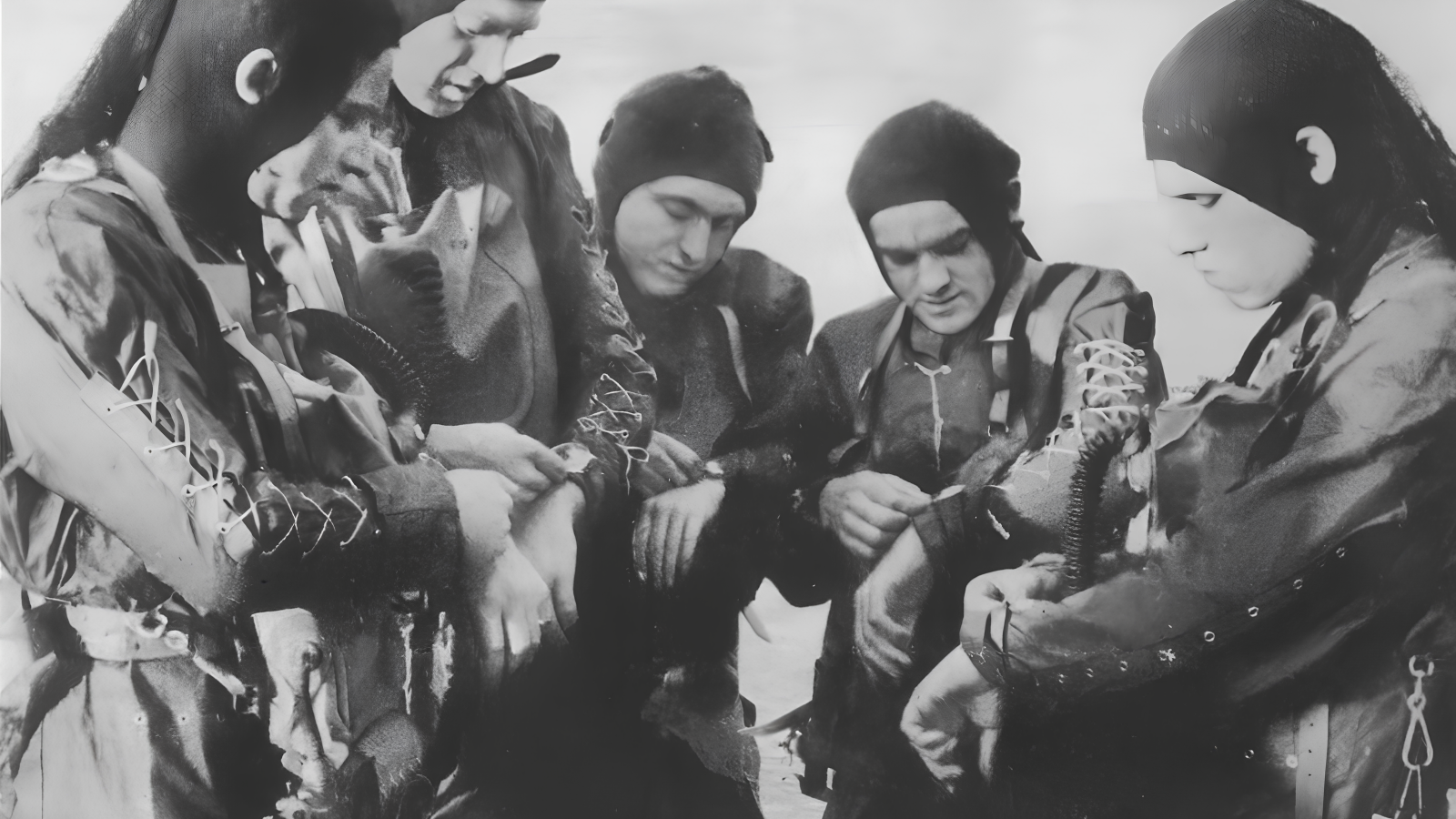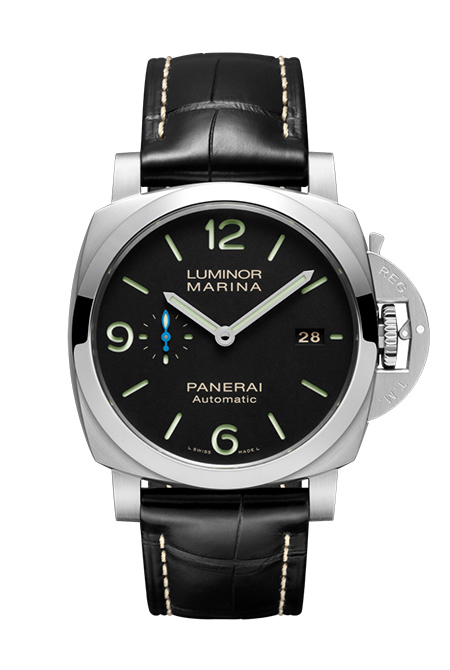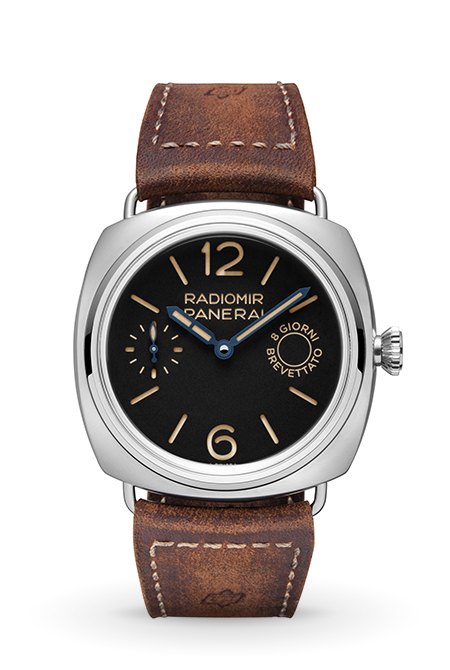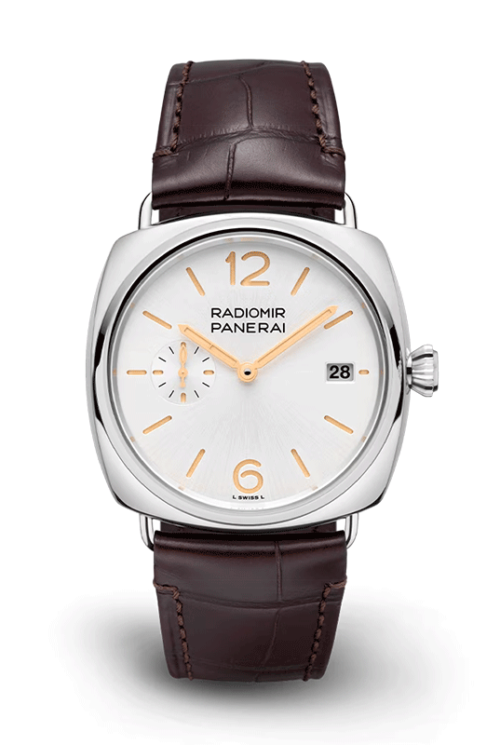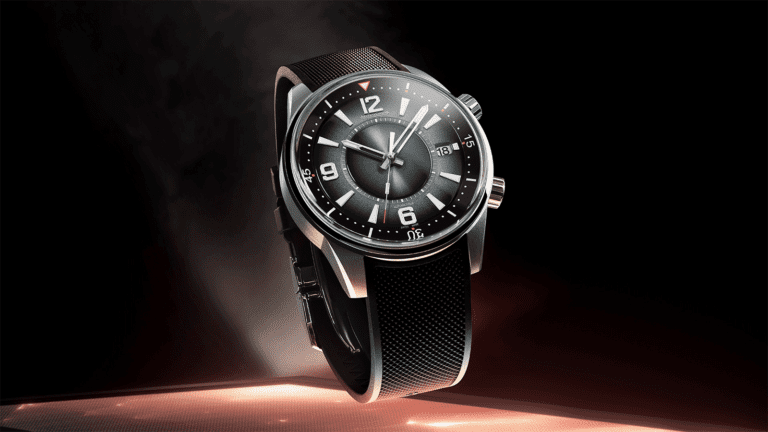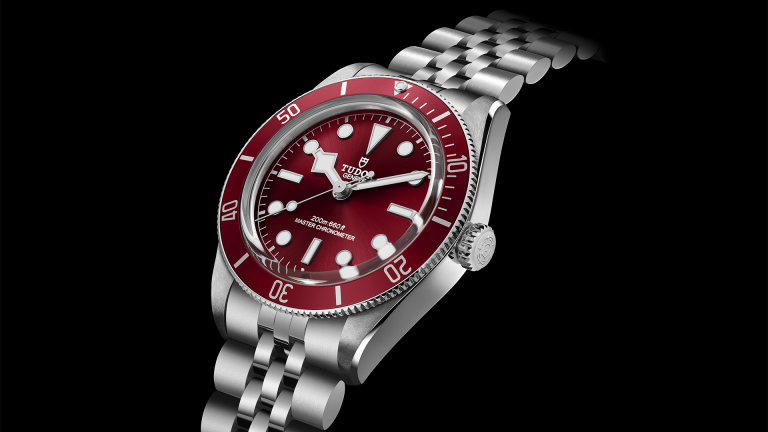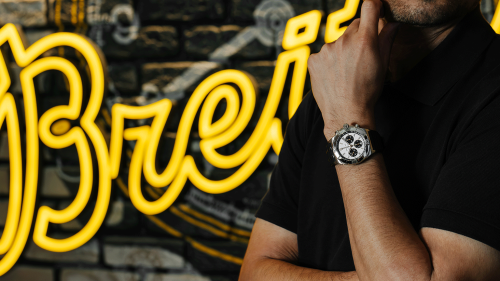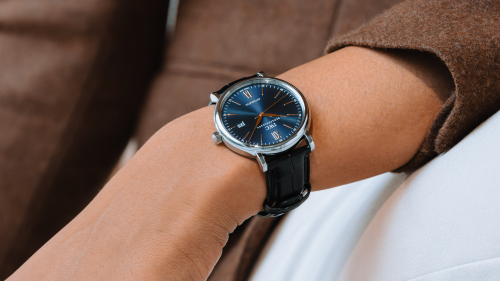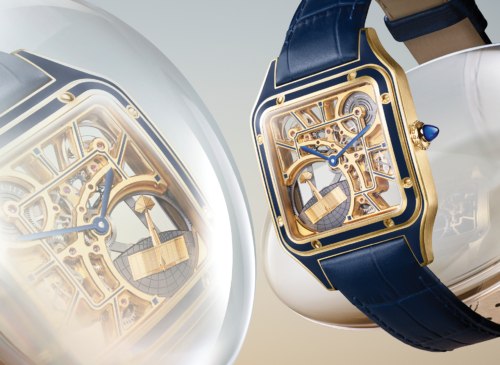Panerai Luminor vs. Radiomir: Decoding the Distinctions
Welcome to our in-depth look at Panerai, a name synonymous with horological excellence and timeless design. Established in 1860 by the visionary Giovanni Panerai, the brand has its roots deeply embedded in the rich cultural tapestry of Florence, Italy. From its humble yet ambitious beginnings as a multifaceted establishment — a distinguished watchmaking school, workshop, and showroom – Panerai swiftly ascended to prominence within the Italian watchmaking sphere, earning a reputation for unparalleled technical mastery and a relentless pursuit of innovation. So much so that by the early part of the 20th century, Panerai had caught the attention of the Italian Royal Navy. And the rest, as they say, is history.
This legacy of craftsmanship and ingenuity continues to define Panerai as a paragon of luxury and precision in the world of fine timepieces. Today, the brand develops and crafts its movements and watches at its Neuchâtel manufacture in Switzerland, combining Italian design flair and history with Swiss horological expertise. Read on to learn more about this truly fascinating brand as we turn the spotlight on two of its most iconic and enduring collections; Radiomir and Luminor.
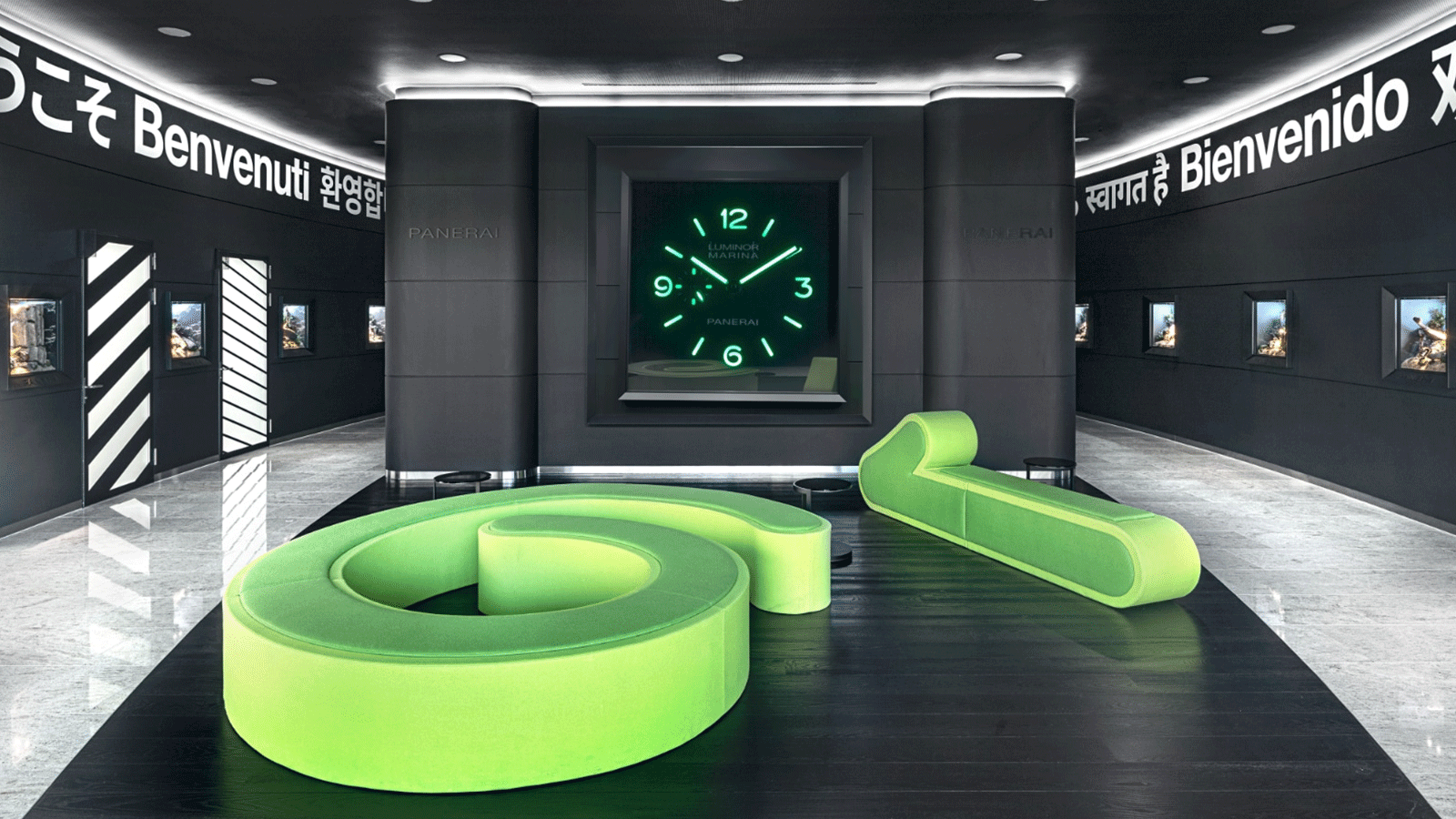
Panerai – The Pre-Military Years
Before Panerai began its trajectory-altering collaboration with the Italian Royal Navy, the company initially served as an educational institution where aspiring watchmakers could learn the craft. There was also a workshop where timepieces and precision instruments were manufactured and serviced, as well as a showroom that offered a selection of watches, including those from prestigious Swiss brands, to the Florentine public.
As the year’s passed, Panerai’s reputation for precision engineering and innovative craftsmanship gradually grew within Italy. The turning point came in 1916, when Panerai developed a groundbreaking luminescent material called Radiomir, which was a radium-based powder that could be applied to dials and instruments to make them visible in the dark. This innovation captured the attention of the Italian military, particularly the Royal Navy, who recognized the potential of Radiomir for use in naval instruments and watches, which required clear visibility in low-light and underwater conditions.
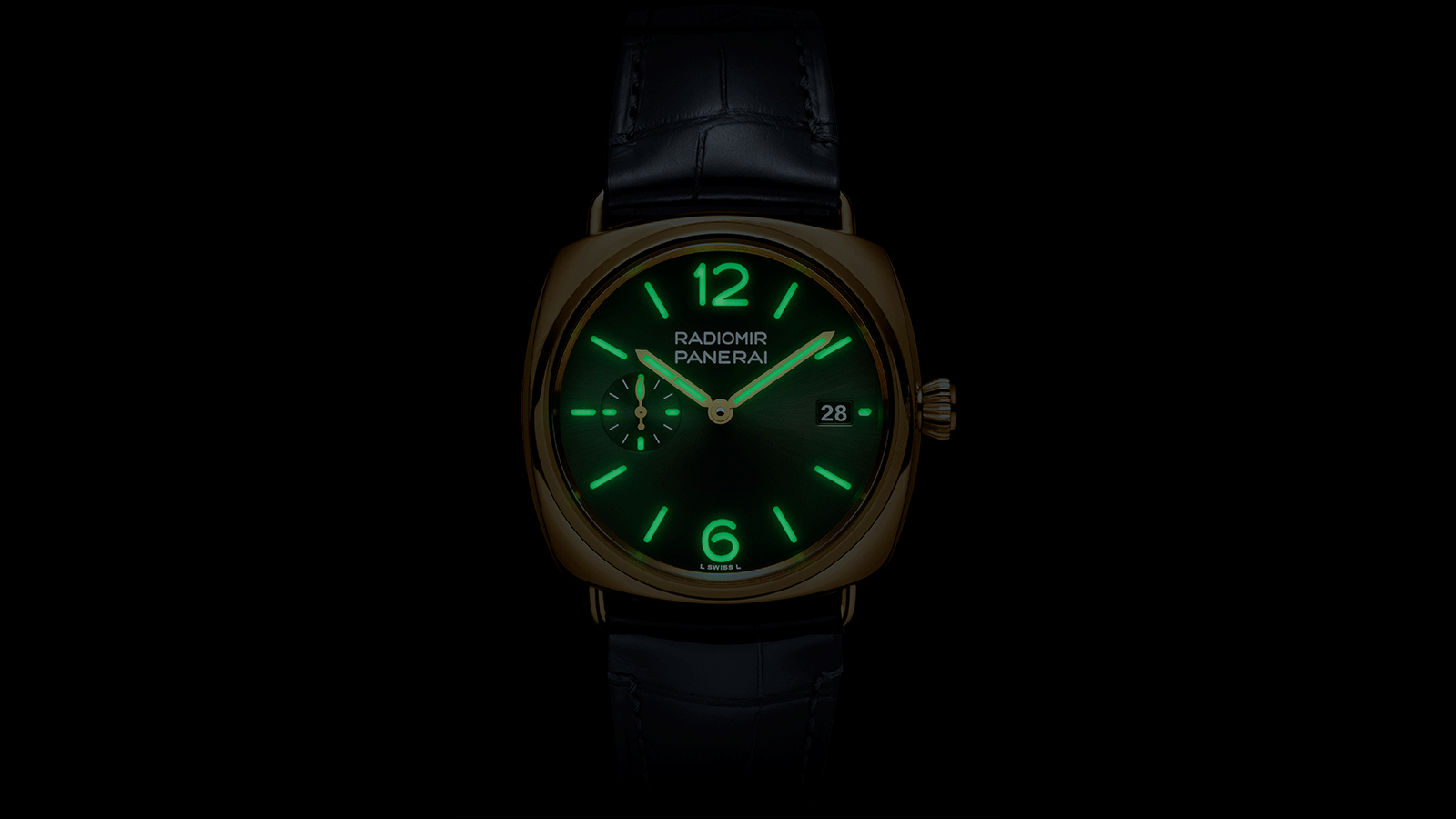
In short order, the Italian Royal Navy approached Panerai to develop luminous instruments and eventually specialized watches for their elite frogmen and divers. This collaboration marked the beginning of Panerai’s deep association with military timepieces, leading to the creation of the iconic Radiomir watch in 1936, designed specifically for underwater operations. Panerai’s ability to meet the rigorous demands of military specifications further solidified its reputation as a manufacturer of high-precision, durable, and reliable instruments.
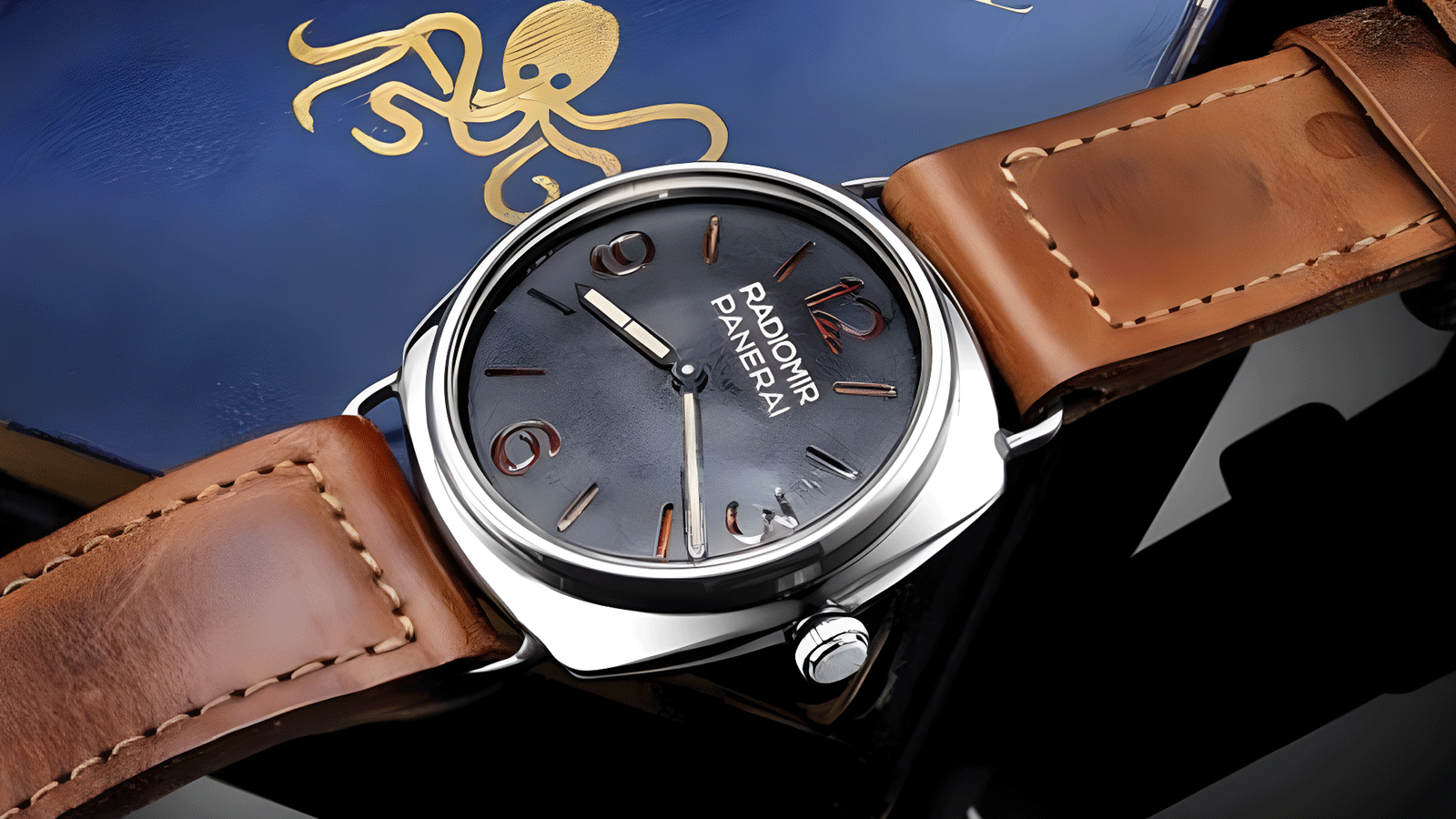
The Birth of the Radiomir Prototype
The first prototype of the Radiomir watch featured a large 47mm cushion-shaped case, wire lugs for attaching a strap, and a dial coated with the luminous Radiomir substance. The design was simple, functional, and robust, with a focus on maximum legibility under water. The case was made of stainless steel, ensuring durability and resistance to corrosion, and it housed a Rolex movement, which was chosen for its reliability. This prototype proved to be a success, and the Radiomir became the standard-issue timepiece for the Italian Navy’s divers. The watch was tested rigorously under combat conditions during World War II, where its durability and legibility were crucial.
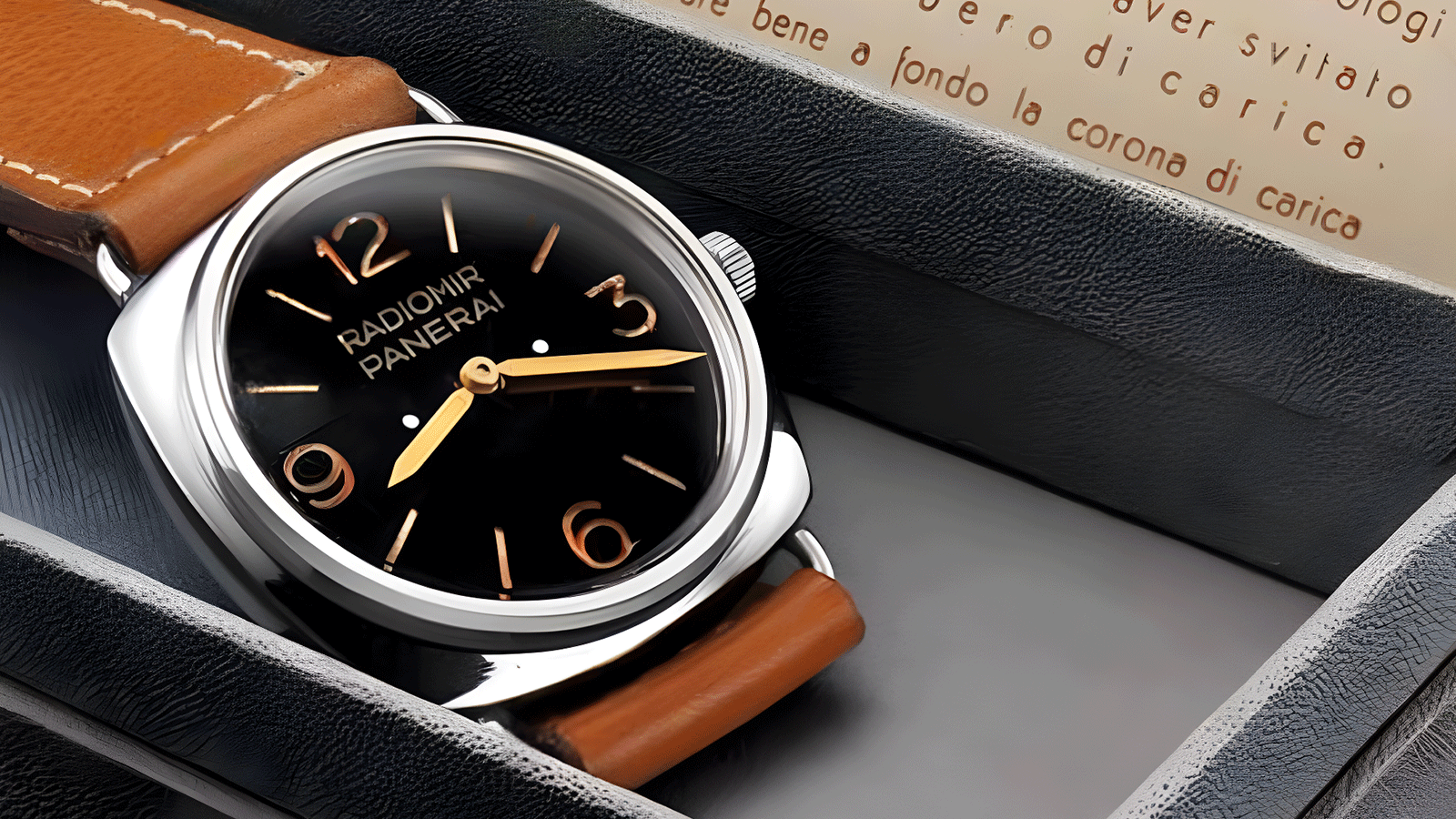
After World War II, Panerai continued to refine the Radiomir design, taking on many of the learnings gleaned from exposure to active combat. The sandwich dial, which consists of two layers—an upper layer with cutouts for the numerals and markers and a lower layer coated with luminous material—became a signature feature of the Radiomir. This design not only improved legibility but also added depth and texture to the dial, giving it a distinctive look.
Given its heritage, the Radiomir remained relatively unknown outside of military circles for many years. However, in the 1990s, after the brand was acquired by the Vendôme Group (now part of Richemont), Panerai transitioned from being a niche military supplier to a global luxury watch brand. In the process, the company began to (re)introduce its historic models, including the Radiomir, to the civilian market.
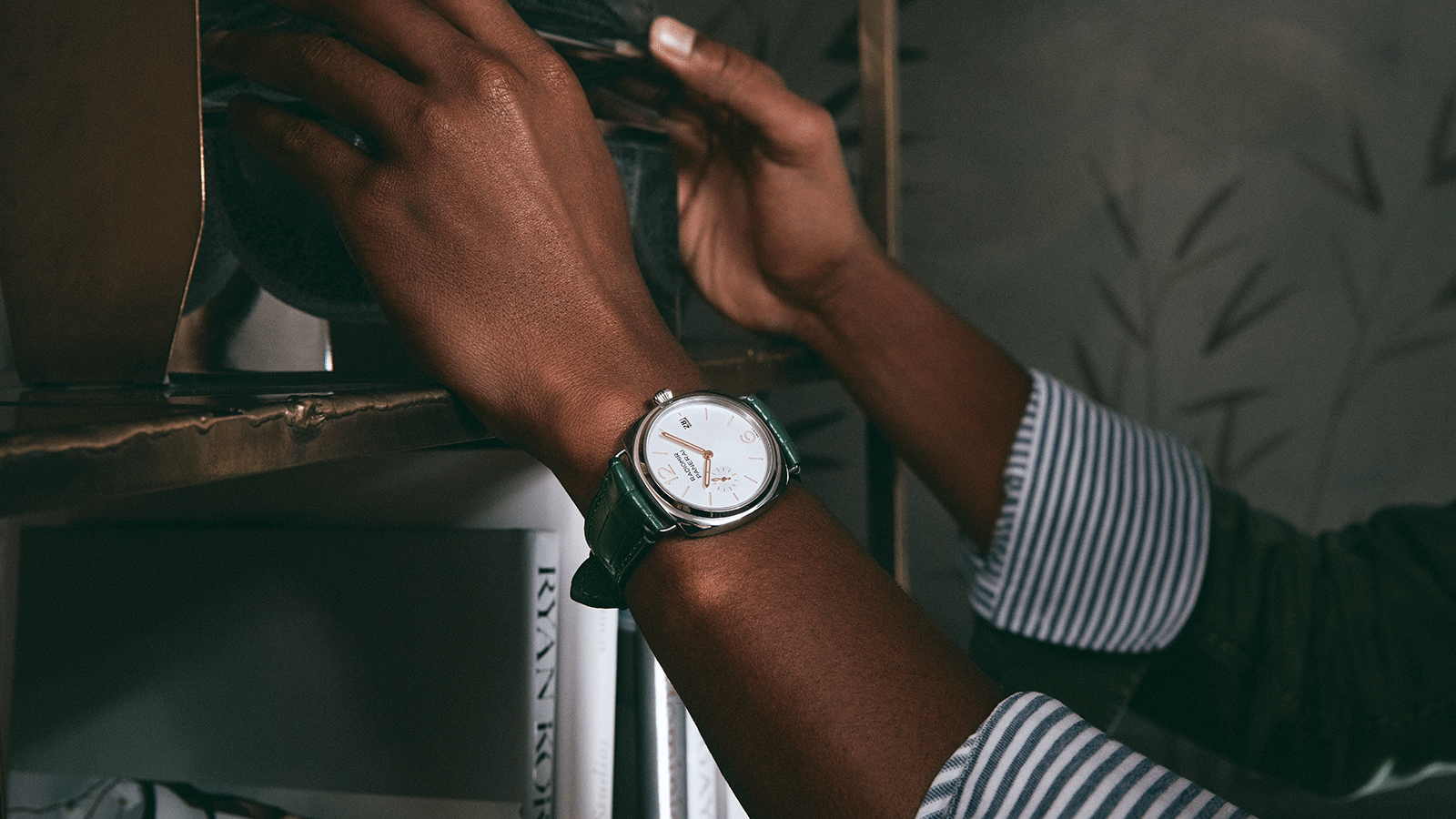
The Modern Day Radiomir
Over the last few decades, Panerai has expanded and evolved the Radiomir collection to include a wide range of models, each offering a different interpretation of the original design. While the core elements of the Radiomir—such as the cushion-shaped case, large dial, and minimalistic design—remain consistent, Panerai has introduced various materials, complications, and sizes to cater to different tastes and preferences.
Chief among them is the Radmiomir Quaranta (or ‘forty’ in Italian), so named for the 40mm case size that defines the collection’s essence. As the most versatile and contemporary of Radiomir’s interpretations, it expresses the spirit of the original through continuous innovations. Or if you prefer something closer in size to the dimensions of the original, there’s the 45mm Radiomir Officine. Those who want to stand out from the crowd meanwhile will be hard-pressed to go past the Radiomir California, so named for its distinctive California dial that features a blend of Arabic and Roman Numerals.
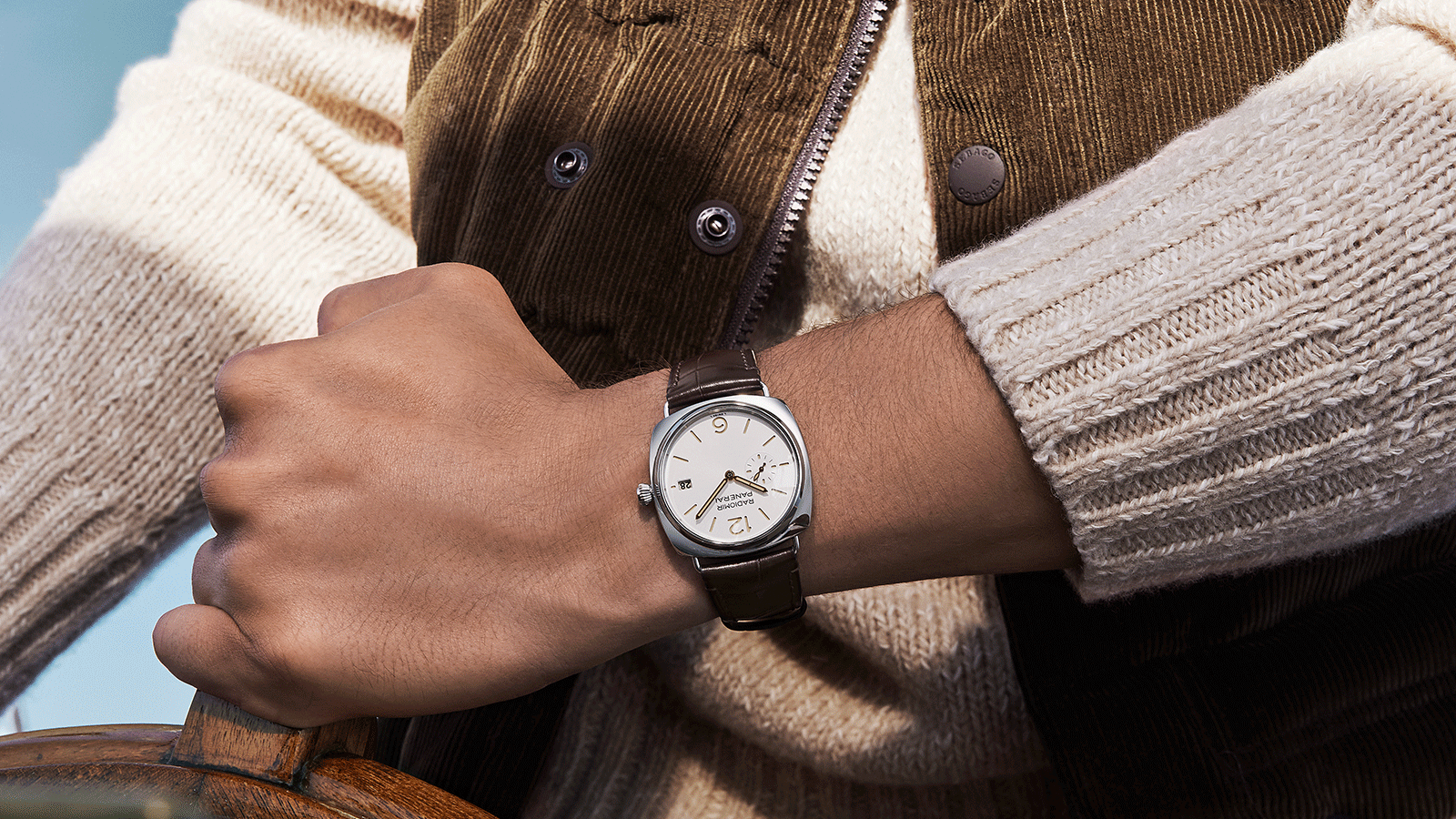
It’s fair to say then that the Panerai Radiomir has evolved from a utilitarian military tool into a symbol of luxury and craftsmanship, while still retaining the essence of its original design. Today, the Radiomir continues to be a cornerstone of Panerai’s collection, beloved for its timeless design, robust construction, and rich history. Whether in its classic form or as a modern reinterpretation, the Radiomir remains an enduring icon in the world of fine watchmaking.
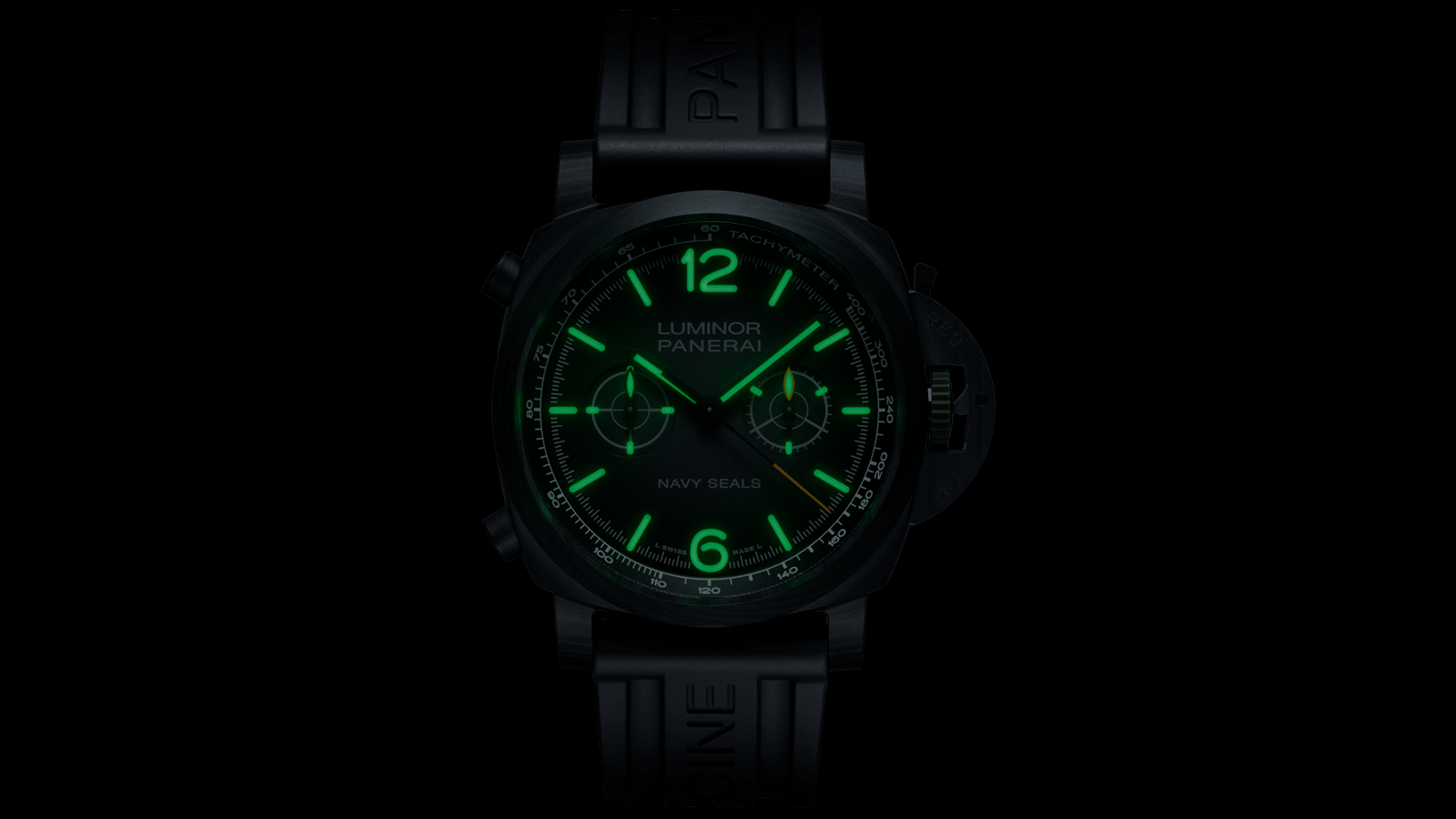
Panerai Luminor – The Next Evolution
Following the success of the Radiomir, which was introduced in the 1930s for the Italian Royal Navy’s elite underwater commandos, Panerai continued to develop and refine its military timepieces. However, as the use of radium-based luminescent materials like Radiomir became increasingly recognized as hazardous due to its radioactive nature, there was a need for a safer alternative. In response, Panerai developed a new luminescent substance called “Luminor,” which was based on tritium, a safer and more stable radioactive material. This new compound offered improved luminosity and longer-lasting glow in dark environments, making it ideal for military applications. The name “Luminor” not only referred to this innovative material but also came to represent a new generation of Panerai watches.

The first Luminor watch was introduced in 1950 as an evolution of the Radiomir. While it retained the iconic cushion-shaped case and minimalist dial of its predecessor, the Luminor introduced several key design enhancements that would become hallmarks of the collection.
• Crown-Protecting Bridge: One of the most significant innovations of the Luminor was the introduction of the crown-protecting bridge. This distinctive lever device was designed to lock the crown in place, ensuring better water resistance and protecting it from shocks. This feature gave the Luminor its bold, instantly recognizable profile and has since become a defining element of the Panerai brand.
• Stronger Lugs: Unlike the Radiomir’s wire lugs, the Luminor featured more robust, integrated lugs that were cut from the same block of metal as the case. This design change enhanced the watch’s durability and made it more suitable for the demanding conditions faced by military divers.
• Increased Water Resistance: The Luminor’s design improvements, particularly the crown-protecting bridge, contributed to its superior water resistance compared to the Radiomir. This made the Luminor an even more reliable tool for the Italian Navy’s underwater operations.

The Modern Day Luminor
As with the Radiomir, the Luminor, was only produced in limited quantities and used exclusively by military personnel for the first several decades of its existence. When Panerai decided to reposition itself as a consumer brand in the 1990s, however, the choice of model to build around was immediately clear. Panerai retained the essential characteristics of the original Luminor while incorporating modern materials and technology to appeal to a broader audience. And so, despite its relative obscurity, the Luminor quickly captured the attention of watch enthusiasts and collectors, thanks to its robust design, distinctive features, and storied military history

Perhaps not surprisingly the success of the Luminor in the luxury watch market has led to the expansion of the collection into various sub-lines, each offering different interpretations of the classic design. These modern Luminor watches continue to honour their military heritage while embracing contemporary horological advancements.
Among these are the Luminor Marina, which represents the core of the Luminor collection. The Luminor Marina features a clean, minimalist dial with only hour markers and hands and a small seconds sub-dial at 9 o’clock. Available in a range of metals and finishes, this model stays true to the original design ethos of the Luminor, offering rugged simplicity and functionality and is instantly recognisable on the wrist.
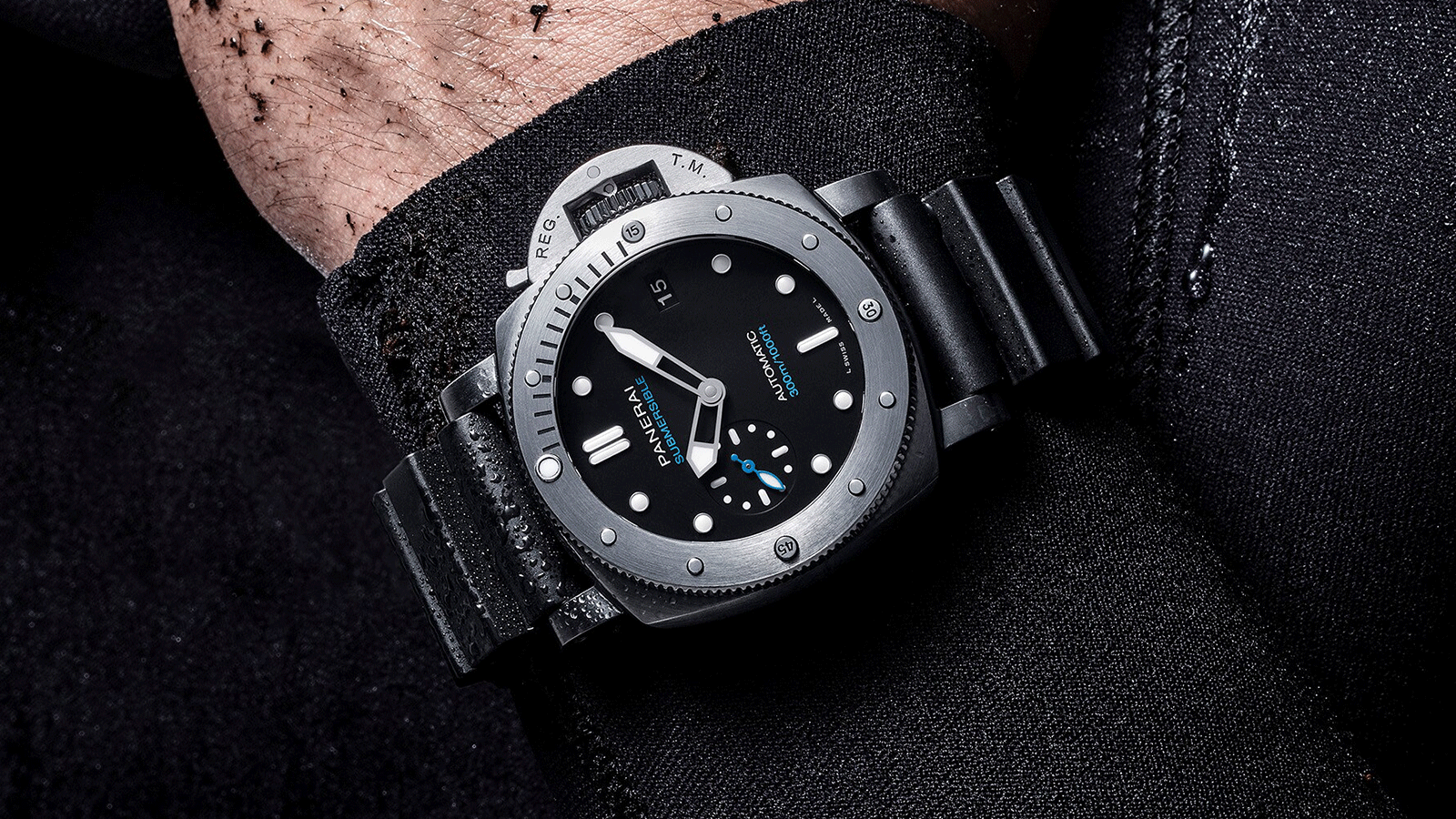
For serious divers, the Luminor Submersible (or Submersible as it is now known) is Panerai’s dedicated diving watch, evolving from the original Luminor’s underwater roots. These watches are equipped with advanced features such as increased water resistance (up to 300 meters), rotating dive bezels, and bold, legible dials. The Submersible models are often crafted from modern materials like titanium, ceramic, and Carbotech™, making them highly durable and resistant to harsh environments.
While the Luminor Chrono incorporates chronograph functionality into the collection, with a striking bi-compax dial layout complete with tachymetre scale around the periphery. To preserve the iconic crown-protecting bridge, the pushers for the chronograph are located on the left-hand side of the case, at 8 and 10 o’clock.
This of course serves as just a small taste of what the Panerai Luminor collection has to offer and so to discover more we invite you to visit us in-store or online.

In-House Know How
As Panerai established itself as a leading luxury watch brand, it began to invest in developing its own in-house movements, which are now featured in many of the Radiomir and Luminor models. These movements, such as the P.3000, P.9000, and P.9010 series, offer impressive power reserves (up to 8 or 10 days in some models), as well as complications like GMT functions, flyback chronographs, and tourbillons. The inner workings of these sophisticated mechanical machines are often visible via sapphire exhibition case backs, yet another subtle reminder of how far Panerai has come from its humble military roots.
![]()
The Final Word
Panerai’s journey from a small Florentine workshop to a globally revered luxury watch brand is a testament to its unwavering commitment to innovation, precision, and design excellence. From the introduction of the Radiomir in the 1930s to the evolution of the Luminor in the 1950s, and now the cutting-edge advancements seen in modern collections, Panerai continues to honour its storied past while pushing the boundaries of horology. Whether you’re drawn to the historical significance of the Radiomir, the rugged sophistication of the Luminor, or the technical prowess of Panerai’s in-house movements, each timepiece is a masterpiece that reflects the brand’s deep-rooted legacy and forward-thinking vision. For those who appreciate the fusion of tradition and innovation, Panerai remains an iconic choice in the world of fine watchmaking.
Watches of Switzerland is pleased to be an authorised partner of Panerai in Australia. We welcome you to visit us in store or online to learn more about this storied brand and discover its exceptional timepieces for yourself.








 Rolex
Rolex A. Lange & Söhne
A. Lange & Söhne Blancpain
Blancpain Breguet
Breguet Breitling
Breitling Cartier
Cartier Hublot
Hublot Vacheron Constantin
Vacheron Constantin IWC Schaffhausen
IWC Schaffhausen Jaeger-LeCoultre
Jaeger-LeCoultre OMEGA
OMEGA Panerai
Panerai Roger Dubuis
Roger Dubuis TAG Heuer
TAG Heuer Tudor
Tudor FOPE
FOPE Agresti
Agresti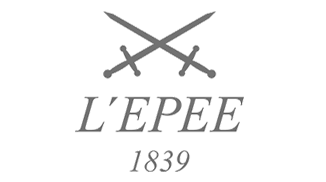 L’Épée 1839
L’Épée 1839



